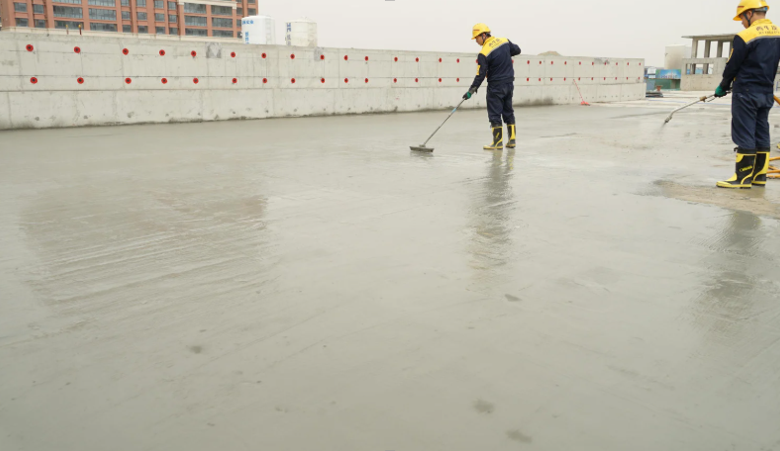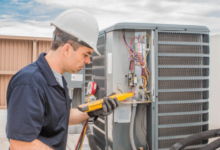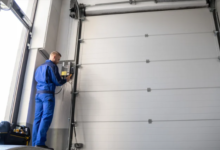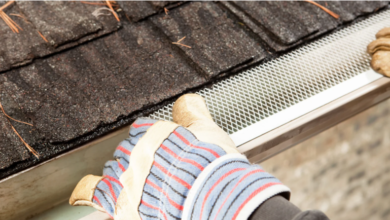How Waterproof Roof Coating Prevents Long-Term Roof Damage from Water Intrusion

Roofing systems are the first line of defense against environmental damage, and water is one of their greatest threats. Over time, even small leaks or trapped moisture can compromise structural integrity, lead to mold growth, and accelerate material decay. A waterproof roof coating offers a proactive solution that forms a seamless barrier, effectively preventing water intrusion and extending the life of your roof.
Seamless Protection That Blocks Water Entry
Unlike traditional roofing materials that rely on seams, fasteners, or joints, waterproof coatings are fluid-applied, forming a monolithic membrane. This seamless application ensures there are no weak points where water can seep in. The coating adheres tightly to the surface—whether metal, concrete, or modified bitumen—and fills small cracks or imperfections, creating a fully sealed surface.
This barrier stops rain, snowmelt, and humidity from entering the roof system. By preventing this entry point, coatings eliminate the risk of water saturating insulation layers, corroding metal decks, or rotting structural wood beneath.
Flexibility to Withstand Thermal Movement
Roofs constantly expand and contract with temperature changes, and rigid materials can develop splits or separation at seams. Waterproof coatings are designed with elasticity in mind—they stretch and move with the roof without breaking their bond. This flexibility allows them to withstand daily thermal cycling, maintaining continuous coverage even in extreme climates.
Because the membrane remains intact during contraction and expansion, it prevents the formation of hairline cracks that often serve as the origin point for leaks and moisture infiltration.
Barrier Against Long-Term Saturation
Water doesn’t always enter a roof through visible leaks. In many cases, moisture seeps in gradually through pores, tiny cracks, or weakened flashing. Over months or years, this slow penetration can cause trapped moisture to degrade insulation, promote mold growth, or reduce thermal efficiency.
A waterproof coating stops this hidden damage by sealing all entry points—no matter how small. It forms a vapor-tight layer that resists long-term saturation, keeping the roof substrate dry and stable.
See also: What Homeowners Should Know Before Scheduling Garage Door Repair
Improved Ponding Water Resistance
Flat and low-slope roofs frequently experience ponding water—puddles that remain after rainfall due to poor drainage. Many traditional roofing materials are not designed to withstand constant contact with standing water and may degrade as a result.
Waterproof roof coatings are engineered to resist water absorption, even under extended exposure. They maintain their integrity when submerged, preventing blistering, softening, or peeling. By holding up under ponding conditions, coatings eliminate one of the most common sources of roof damage.
Extending Lifespan and Reducing Replacement Costs
When water intrusion is controlled, the entire roofing system lasts longer. Structural components are protected, insulation maintains its performance, and membranes stay intact. This preservation effect translates into fewer repairs, lower maintenance costs, and delayed full-roof replacements.
Waterproof coatings serve as a preventative measure that supports long-term value. Rather than reacting to leaks after damage has occurred, property owners can shield their roofs before problems start.
Sustainability and Responsible Construction
Preventing water damage isn’t just about asset protection—it’s also about sustainability. Extending a roof’s lifespan means less material waste and fewer tear-offs going to landfills. By preserving what’s already in place, coatings reduce the environmental impact associated with frequent roof replacements.
These benefits reflect the principles explored in how waterproof roof coating supports sustainable construction practices, emphasizing durability, performance, and environmental responsibility in one solution.
Conclusion
Water damage is one of the most persistent and costly threats to any roofing system. A waterproof roof coating delivers comprehensive, long-term protection by forming a flexible, seamless, and highly resistant barrier. From blocking direct leaks to resisting ponding and vapor intrusion, it ensures that water remains where it belongs—outside. By investing in this protective layer, homeowners and building managers can prevent major damage, avoid unnecessary repairs, and ensure their roofs perform reliably for years to come.



